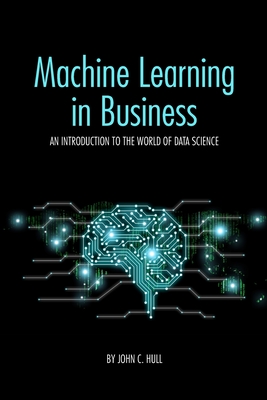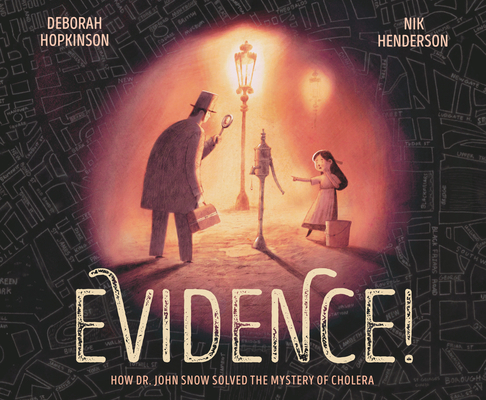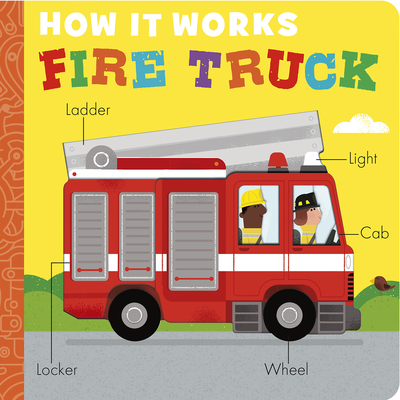
Hull, John C.
product information
description
2This book is for business executives and students who want to learn about the tools used in machine learning. It explains the most popular algorithms clearly and succinctly without using calculus or matrix/vector algebra. The focus is on business applications. There are many illustrative examples. These include assessing the risk of a country for international investment, predicting the value of real estate, and classifying retail loans as acceptable or unacceptable. Data, worksheets, and Python code for the examples is on the author's website. A complete set of PowerPoint slides that can be used by instructors is also on the website. The opening chapter reviews different types of machine learning models. It explains the role of the training data set, the validation data set, and the test data set. It also explains the issues involved in cleaning data and reviews Bayes theorem. Chapter 2 is devoted to unsupervised learning. It explains the k-means algorithm and alternative approaches to clustering. It also covers principal components analysis. Chapter 3 explains linear and logistic regression. It covers regularization using ridge, lasso, and elastic net. Chapter 4 covers decision trees. it includes a discussion of the naive Bayes classifier, random forests, and other ensemble methods. Chapter 5, explains how the SVM approach can be used for both both linear and non-linear classification as well as for the prediction of a continuous variable. Chapter 6 is devoted to neural networks. It includes a discussion of the gradient descent algorithm, backpropagation, stopping rules, applications to derivatives, convolutional neural networks, and recurrent neural networks. Chapter 7 explains reinforcement learning using two games as examples. It covers Q-learning and deep Q-learning, and discusses applications. The final chapter focuses on issues for society. The topics covered include data privacy, biases, ethical considerations, the interpretability of algorithms, legal issues, and adversarial machine learning. At the ends of chapters there are short concept questions to test the readers understanding of the material and longer exercises. Answers are at the end of the book. The book includes a glossary of terms and index.
member goods
No member items were found under this heading.
Return Policy
All sales are final
Shipping
No special shipping considerations available.
Shipping fees determined at checkout.







